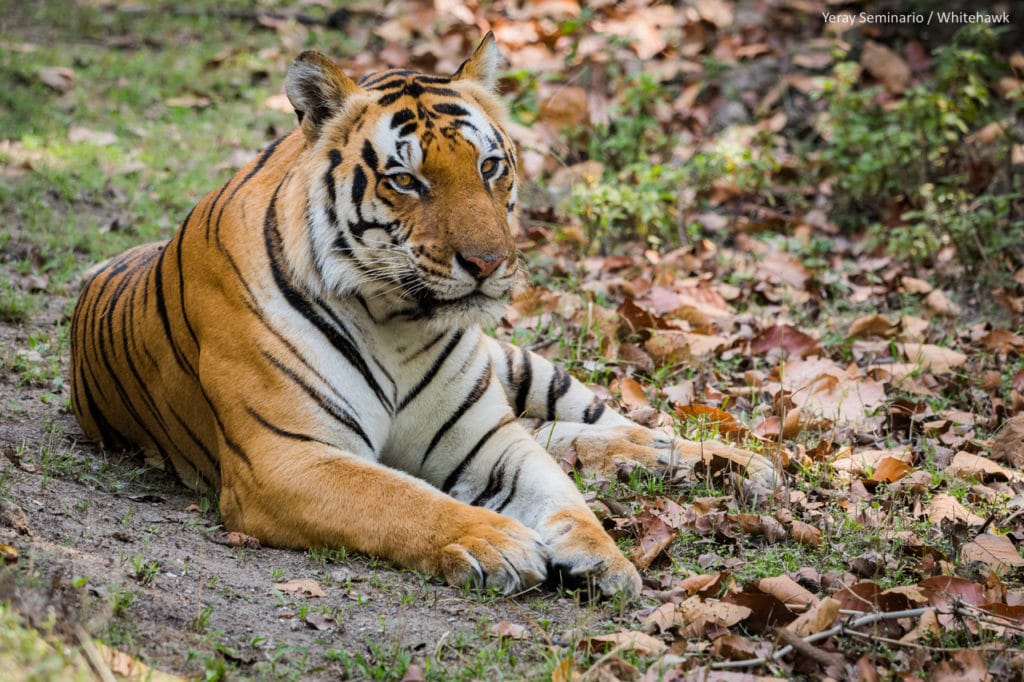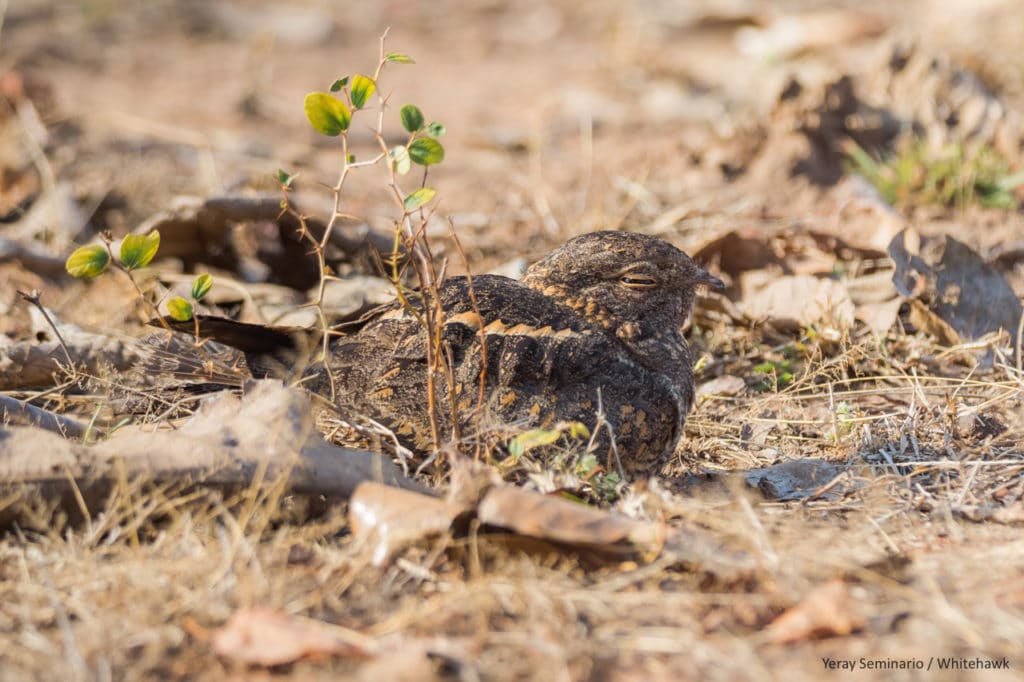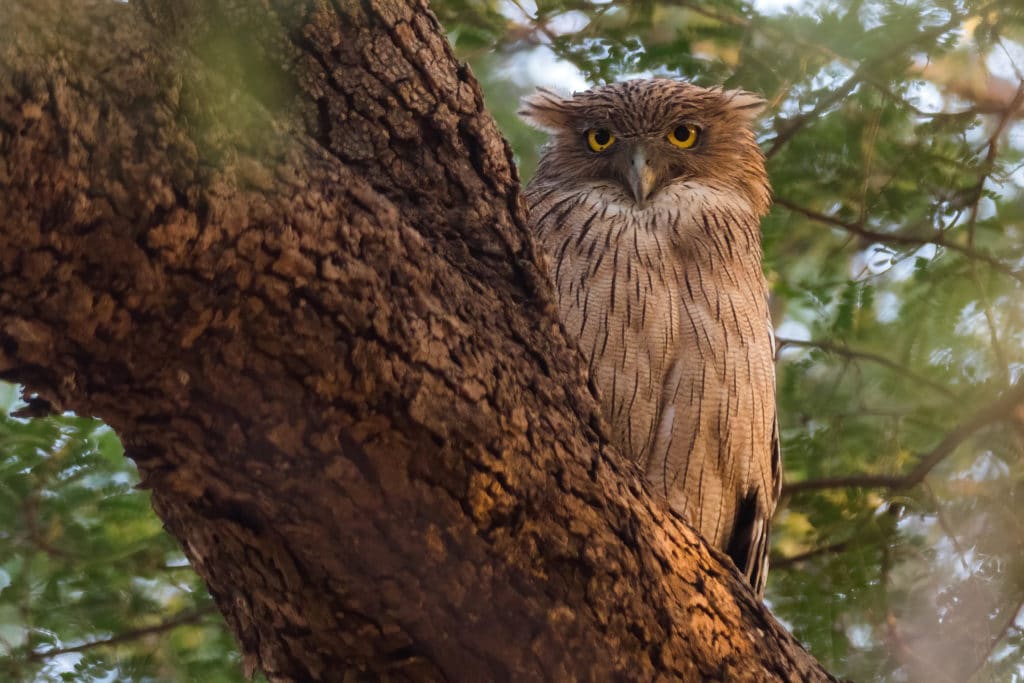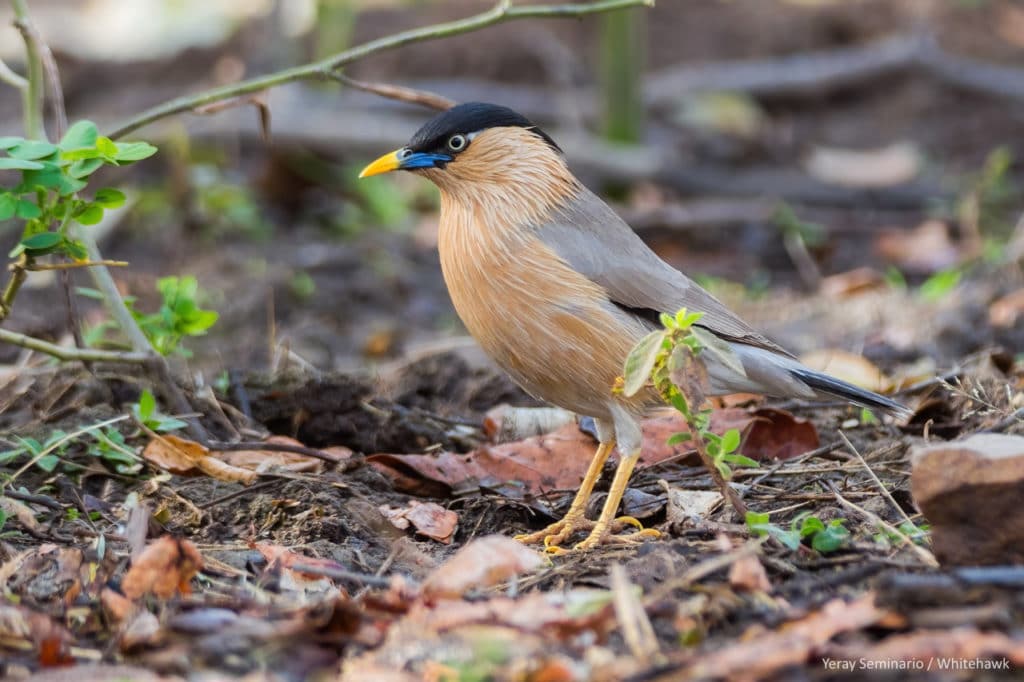
As a birder you might ask yourself: would a tiger safari be a good experience for me? I would answer with a resounding “Yes!”. However, as birders planning to go on a tiger safari, we should prepare in advance for a very different experience. We will need to make some adjustments to our birding strategy. This will help us be ready to deal with some potentially frustrating situations. No need to worry, birders! After all, we are not unfamiliar with frustration! We can be resourceful enough to make the most of our time in the field when in need. This resourcefulness will help transform a Tiger Safari into… well, a Birding Safari.

Wildlife safari vs. birding safari
If you haven’t taken part in a tiger safari in India, but have some experience in Africa, you will be familiar with the main idea of a safari. When on safari, you stay in the vehicle at all times while in the national park you are visiting. However, most African safaris take place in more open environments, where one can sit and scan comfortably along the horizon. Chances of finding birds and other wildlife are usually higher in these kinds of environments while on the search for big predators. After all, the main focus on these trips is usually seeking out big cats!
Most tiger safaris in India take place in different types of tropical forests. We visit wet, dense evergreen forests, dry deciduous forests, mixed broadleaf, etc. These forests hold considerable biodiversity. But they can sometimes make birding from a vehicle a bit of a challenge, especially when we are on the run to chase a tiger sighting. Keep in mind that you will not be able to stop for every single bird you see or hear while driving. And this is, in fact, the main source of frustration for a birder. Not being able to stop and inspect every single shadow or rustling leaf, or hearing a bird call and not being able to stop is definitely not ideal. But don’t give up on it yet!

Patience is, again, our best ally. The initial frustration when you realize that stopping every 50 meters is not possible will pass once you get familiar with the experience. Only then you will start discovering the full potential of a tiger safari and transform it into a fully enjoyable birding safari.
Our list of recommendations for a birding safari in India
So, here is a list of tips that we find useful when birding on a tiger safari:
- Probably the most important one: try to find a good guide for your tiger safari. Preferably one with an interest in birds. In most cases having a dedicated driver and a guide with you during a tiger safari in India is mandatory. You will be assigned one before you enter the gate of the park. If you have the opportunity to ask for a guide that is not only focused on tigers, but also has a good knowledge of birds, you will have more chances of finding good birds along the way. Most guides will have some knowledge of some of the most charismatic and sought after species. However, only a few really excel in finding and identifying birds. Obviously, the most accomplished birding guides are also very good at tracking and finding tigers! (You wouldn’t want to miss those, whether you are a birder or not!)
- Let the driver and the guide know in advance that you are a birder! They will try to adjust the itinerary and pace accordingly. This will greatly depend on if there are more people joining you in the same safari jeep or not. And this takes us to the next point.
- If you can, book an exclusive tiger safari for you and your birding pals. This way you don’t have to share the vehicle with other people that might not care about birds. This will make it easier to stop for a small flitting passerine or scan the skies for raptors. Otherwise, stops will be mostly limited to big mammal encounters. You might also spend waiting for a sleeping tiger to come out from its hide.
- As time is of the essence on safaris, and stops are often brief, take pictures of any birds you see. This way you can identify them later.
- When stopping at strategic points to wait for tigers, take the opportunity to look for birds. You can inspect every single tree, bush, puddle, and leaf litter patch. Look for owls, migrant passerines, soaring raptors and everything else moving around your jeep. Waterholes are a great place to look. They not only attract thirsty mammals, but birds too, particularly in the warmest months of the year. Inspecting the edges of water can sometimes deliver some good surprises, like finches or buntings taking a drink.
- Use the bathroom breaks, whenever you have the chance, to stretch your legs and explore the immediate surroundings. You may come across some of those restless passerines that have defied your ID skills up to then.

- Usually, there will be safari drives in the morning and the afternoon, with a break in the middle of the day at your hotel for lunch and bit of a rest. You can use that time productively to explore the gardens of the hotel and its surroundings. They can be quite productive!
- When organizing your trip to India and scheduling your tiger safaris, try to arrange some drives to good birding sites nearby. Some companies will have the necessary experience to recommend a half-day trip to nearby areas where you will be exclusively dedicated to looking for birds! Also, take every chance you can for a night drive. Even if they are mainly dedicated to look for mammals, they offer a good opportunity for us to find nocturnal species, such as owls and nightjars.
- Generally, using tapes in national parks in India is completely forbidden. It is time to practice your pishing and bird mimicking!
- Finally, if you are driving around the park and you keep seeing suspiciously interesting birds in the corner of your eye but can’t tell the driver to stop every 30 seconds, just relax and accept that you will miss some birds. But the overall experience of being in the middle of a spectacular national park in India, surrounded by amazing wildlife, always makes up for it.
Join us on a birding safari!
We hope that these tips are useful for your next trip to India or any other destination that offers wildlife safaris. They can be one of the most exhilarating experiences for a nature lover. As birders, we can take the enjoyment to the next level once we learn how! If you want to experience a birding safari with us, check out the dates for our next trip to India.
~ Yeray

